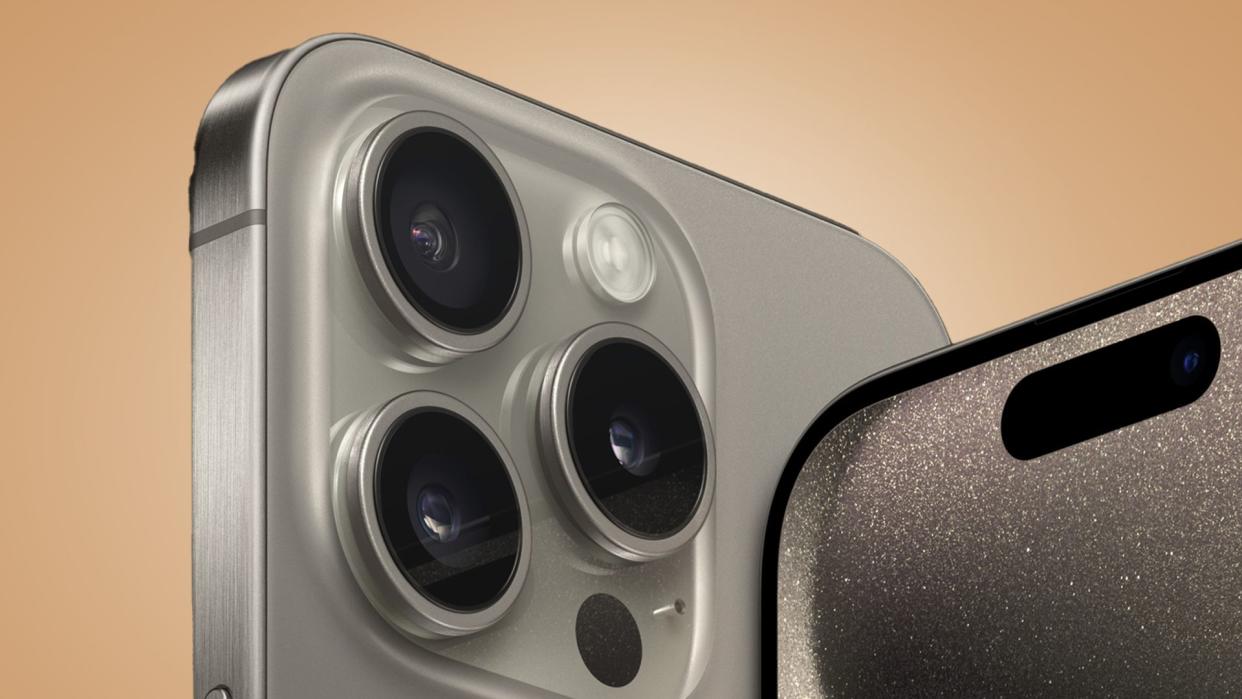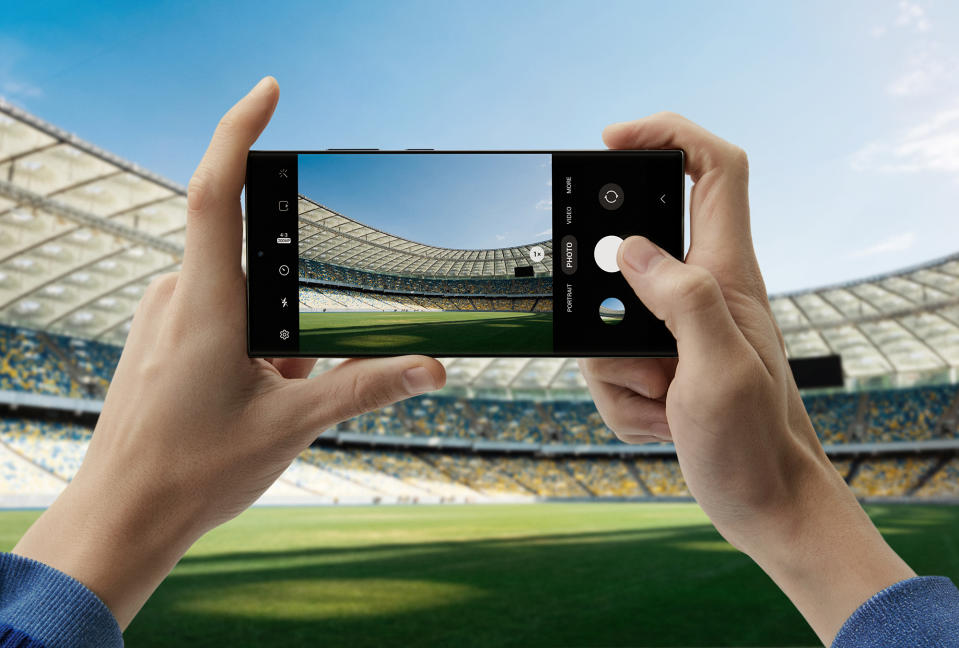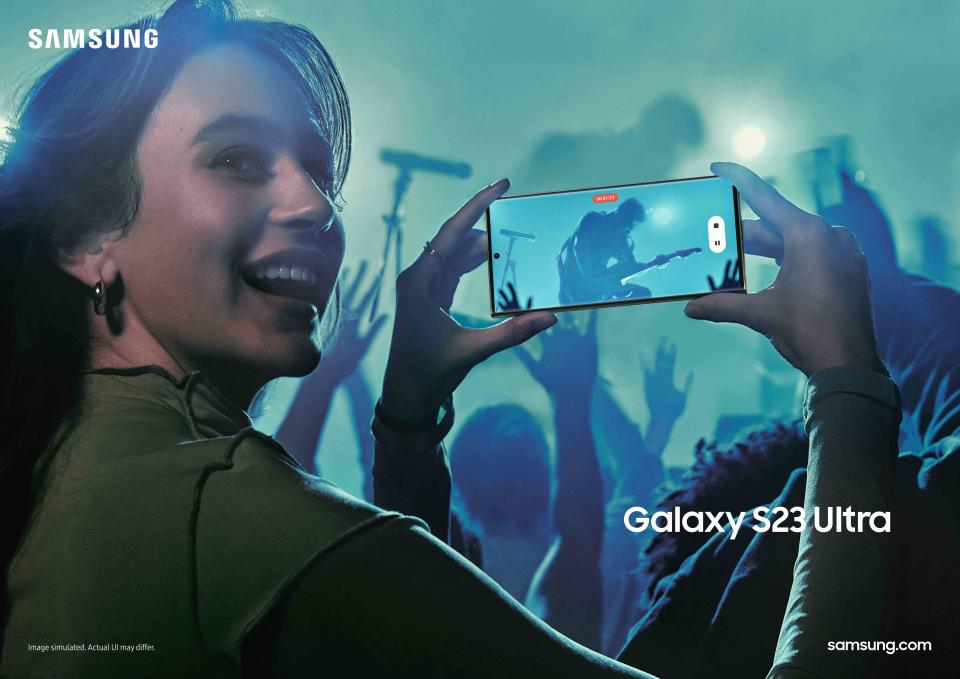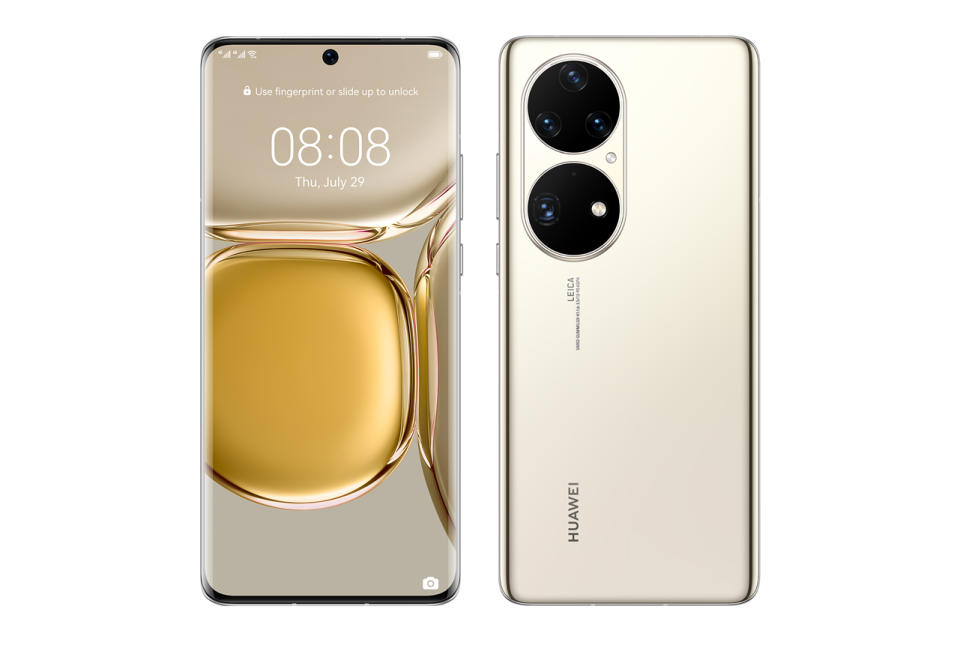As a photographer, I have no interest in the iPhone 15 Pro Max

Smartphone photography has come a long way, and is increasingly more complicated. I haven't upgraded my smartphone in over two years, still pretty content with my Samsung Galaxy S21 Ultra, but this is the longest I've spent weighing up my options when choosing the next best camera phone.
Every year we see upgraded higher-resolution sensors on smartphones, with too many megapixels, advanced processors, and extreme optical zoom ranges thanks to the innovation of periscope lenses (more on this later). There's a lot to consider now when choosing a smartphone, but the top priority for me has always been the camera unit and overall image quality.
The latest Apple iPhone 15 announcement has got me thinking. I've never really been a fan of Apple products and always preferred Samsung, but as a photographer, I'll admit that the iPhone 15 Pro Max does have some tempting camera specs on paper and will definitely be the next best iPhone for photography.
However, while others on the Creative Bloq team feel that the iPhone 15 has finally given us a reason to go Pro Max, I couldn't disagree more (sorry, Joe!). Here's why.
Let's talk about Megapixels
Hold onto your hats, I'm about to get technical. I'll start with the specs, and explain why they're not as good as you think.
So, the iPhone 15 Pro and Pro Max devices are confirmed to still be sporting the same 48MP (mega-pixels) main camera as last year's iPhone 14 Pro and Pro Max, but with a few minor upgrades including three-axis stabilisation and a 25% larger quad-pixel sensor for increased low-light capabilities – resulting in noise (grain) reduction.
The new specs also feature a macro option on the ultrawide camera, plus a 120mm telephoto with 5x optical zoom as opposed to only 3x on the iPhone 14 Pro Max (that doesn't beat the 10x optical zoom with the Samsung Galaxy S23 Ultra, just FYI).

Now, all this might sound super-impressive but it's important to note that smartphone megapixels aren't exactly the same as those you find with digital or mirrorless cameras, due to a process known as pixel binning. Most smartphone cameras will group pixels together to form a superpixel, but output at lower resolutions to reduce noise and improve frame rate. These pixels are a fraction of the size of pixels in full-frame cameras – but there's a lot more of them.
This is why smartphones like the Samsung Galaxy S23 Ultra can advertise 200MP main cameras. What you're actually getting is a lower resolution image from a much smaller sensor, but manufacturers want you to be impressed by smartphones with hundreds of megapixels.
As for the iPhone 15 Pro Max, this means that the 48MP camera will actually reduce images to around 24-megapixels in processing.
In short, cameras are arguably the most competitive element for new flagship phones, but megapixels aren't all they're cracked up to be so don't be drawn in or base your purchase on the promise of megapixels alone.
Periscope lenses on a smartphone?
When you see photographers walking around with enormous lenses for shooting events, celebrities, wildlife, or sports – these are telephoto lenses, and they're ginormous for a reason. The simple rule is that to magnify a subject that's far away, there needs to be some distance and physical length between the front part of the lens element and the camera image sensor.
The iPhone 15 Pro Max gets around this by using a tetraprism method to bend the light path four times before it hits the sensor. This isn't quite a periscope zoom which other manufacturers like Google, Huawei, and Samsung have been relying on, but the same idea and principle applies by attempting to shoehorn large telephoto optics into a small and slim smartphone, achieving a much higher optical zoom in a tiny package.

In reality, manufacturers don't want you to know that these periscope telephoto cameras have inferior image quality when compared with using the main camera, and digital zoom is just as poor, which simply blows up the central region of a photo and creates pixelation in most cases.
Which camera phone will I buy?
My top choices for a smartphone camera would actually be the Huawei P40 Pro + (2020) or the Huawei P50 Pro (2021) which is equipped with Leica optics, a 50MP main camera, a 64 MP 90mm Telephoto periscope, plus a 40MP Mono Camera and 13MP ultrawide camera. It's affordable too, at a price of just £649.99 at Amazon UK and $699.99 in the US.
Huawei smartphones have some of the most innovative camera systems on the market, and the only reason I'm not running to buy this phone is due to the lack of 5G support, and the fact it's not compatible with Google services which are a big part of my job integration and how I store my images.

I always use my "proper" cameras (a Sony A7s III and Canon 5DS) whenever I'm commissioned for shoots, and would never dream of showing up to a job with just my smartphone camera. With that said, even the best budget camera phones can do an excellent job at documenting the day, and taking photos of my dog for Instagram. I've tested phones from Doogee, Oppo, Sony, and plenty of others to know exactly what I'm after in terms of quality, budget, and resolution.
While I have considered the Google Pixel 7 Pro as a strong choice for my next camera phone upgrade, given the amazing camera features that it boasts with the ability to remove strangers from your photos (and a great selfie camera too), I think I might hold off even longer for the anticipated Samsung Galaxy S24 Ultra to be released next year, if rumours can be believed.
According to online sources and reported by Digital Camera World, not only could the Samsung Galaxy S24 Ultra be getting a 50MP telephoto camera, but might be capable of 8K 30p in telephoto mode. The nightography examples from the S23 Ultra are also very appealing to me as a concert photographer, which is another reason I am loyal to Samsung and its optics.

